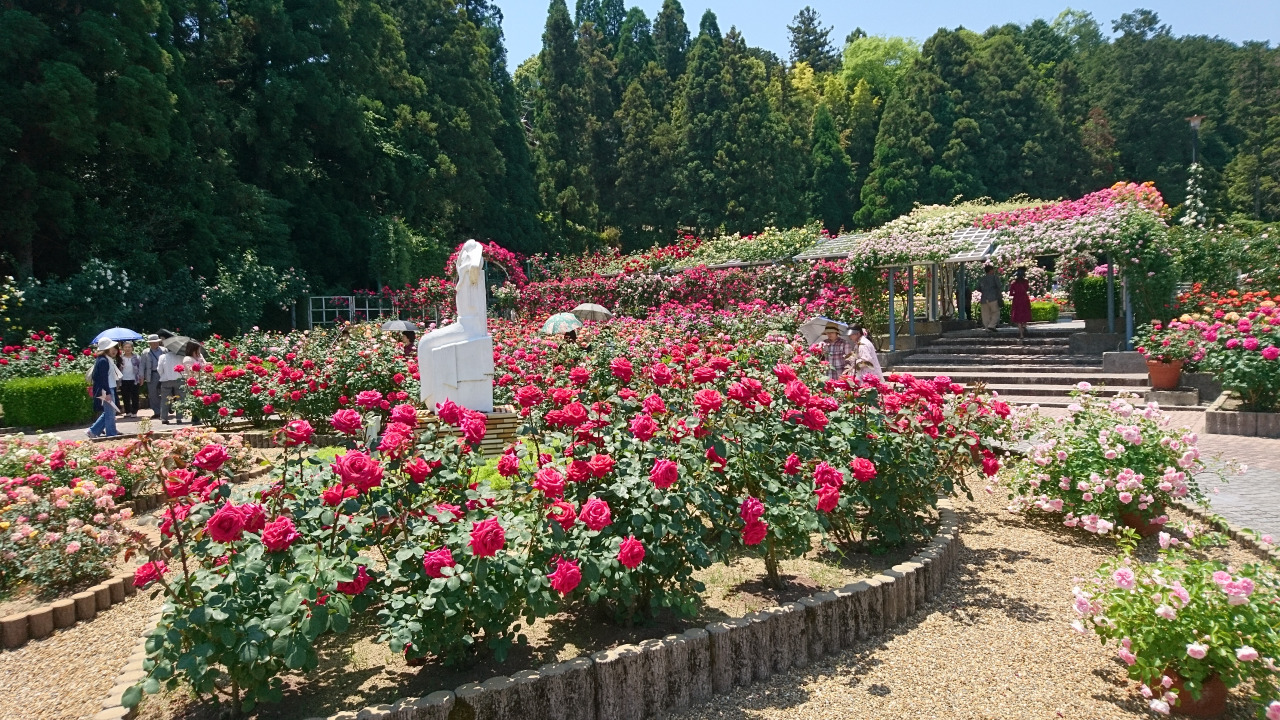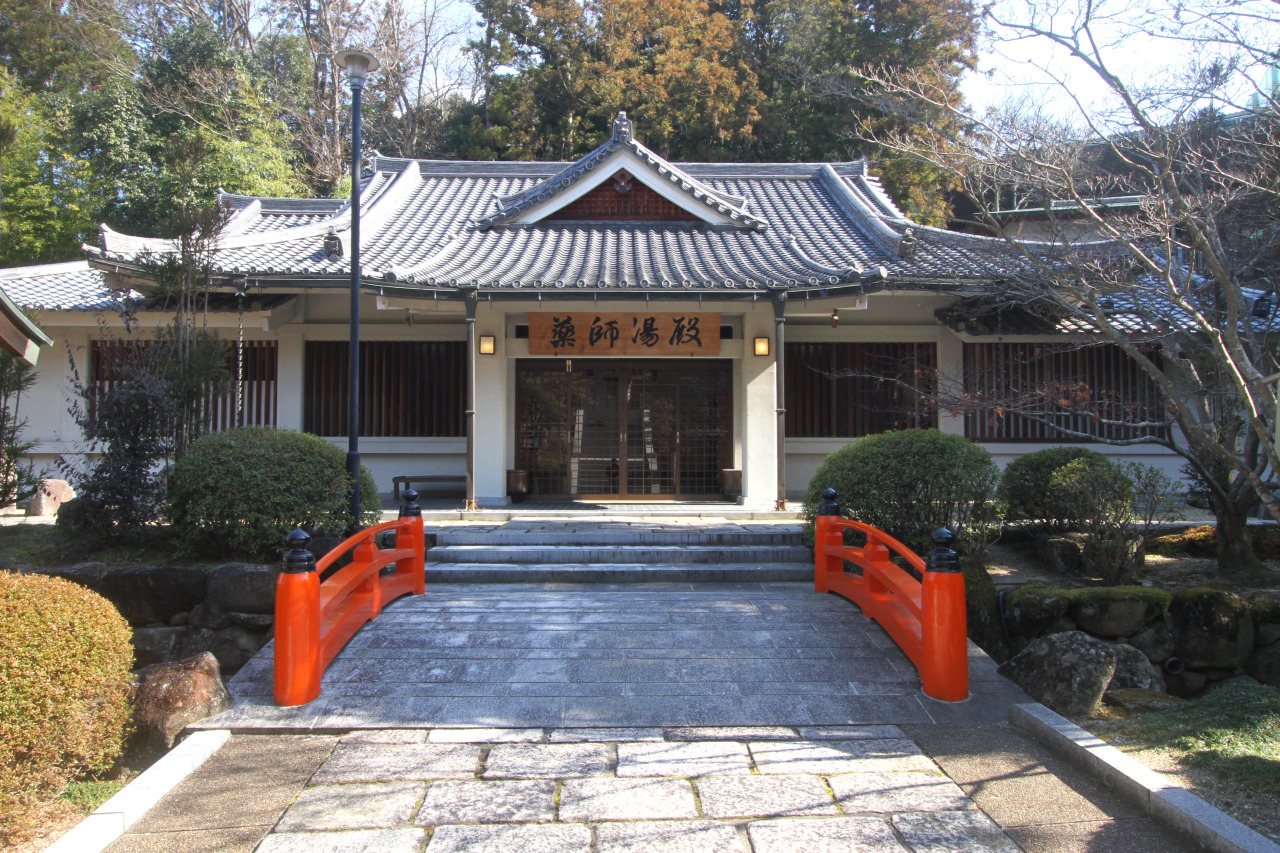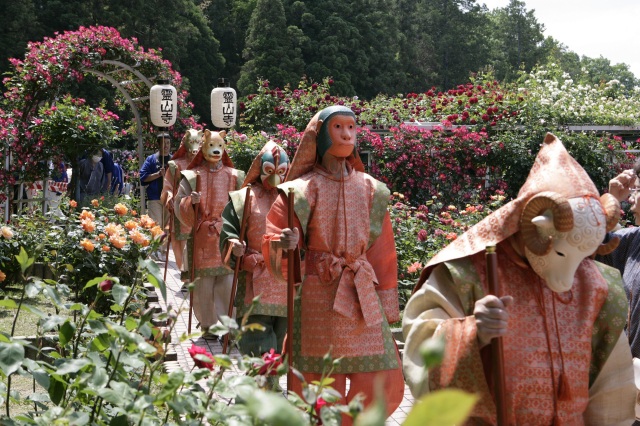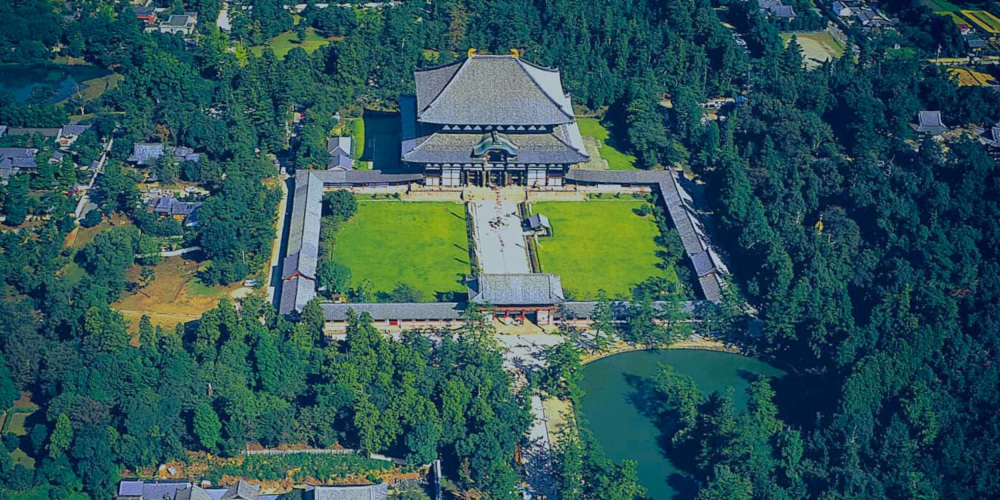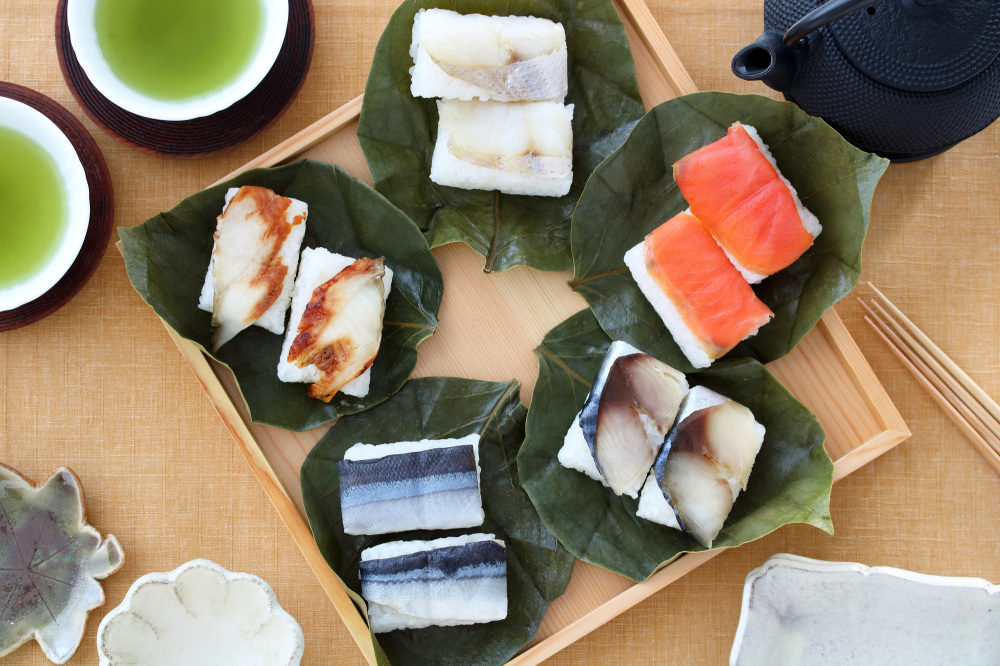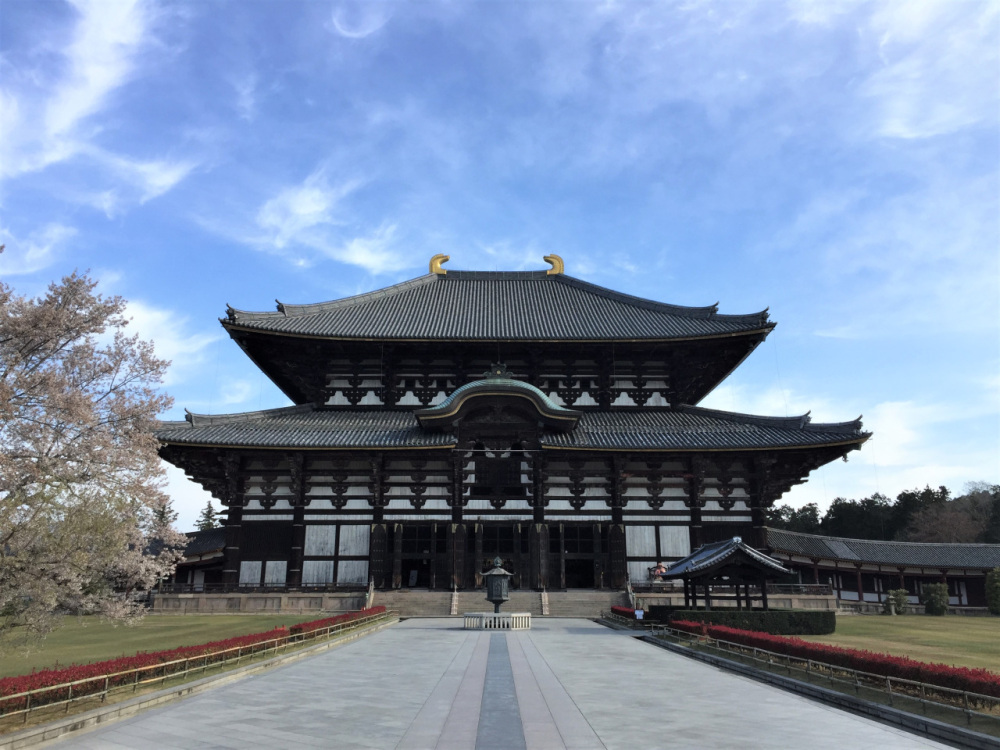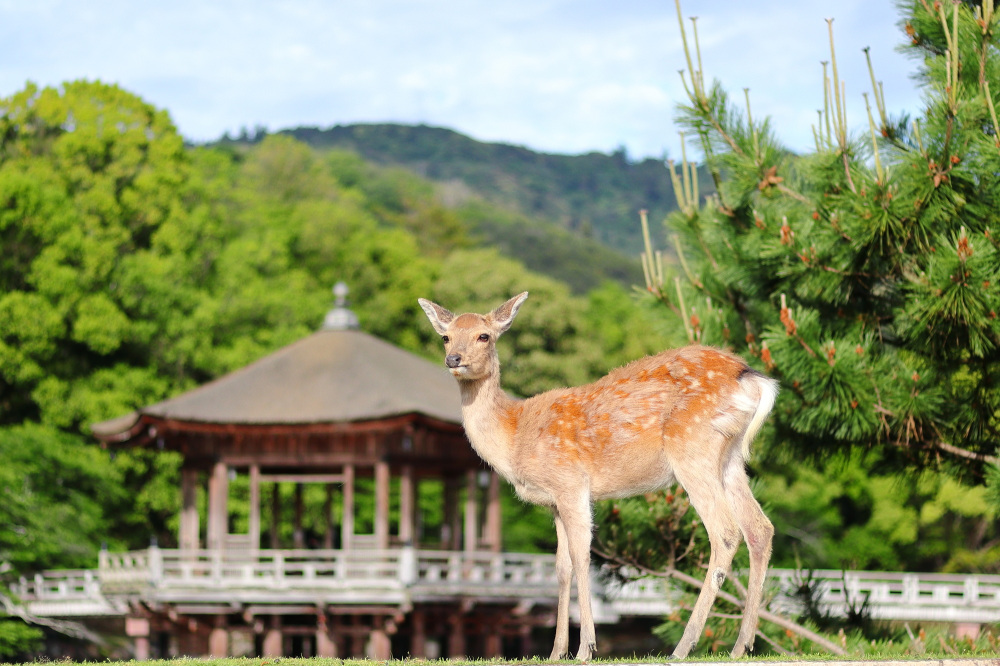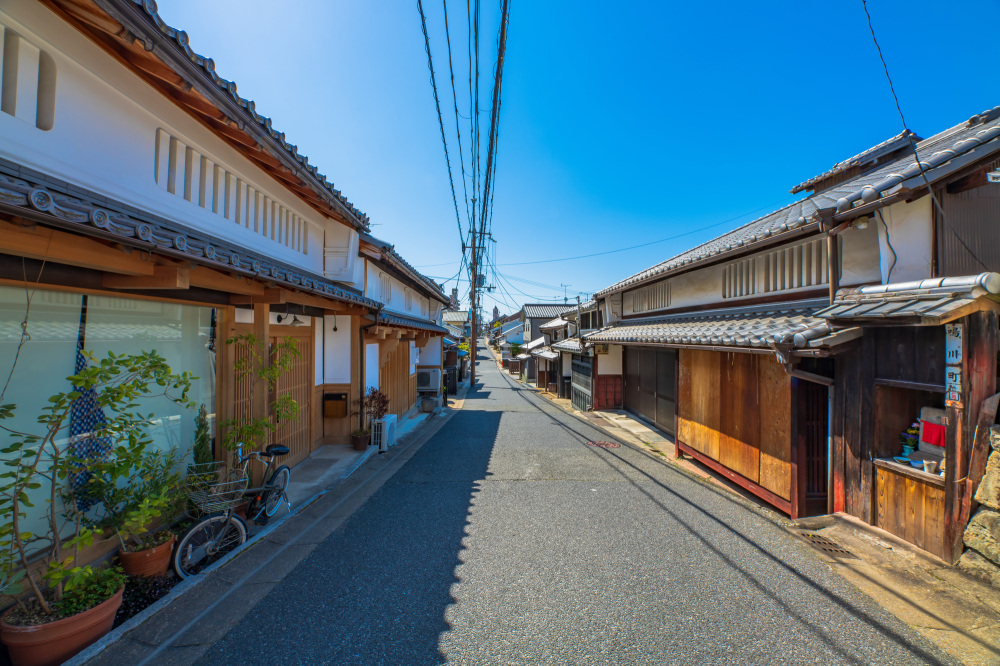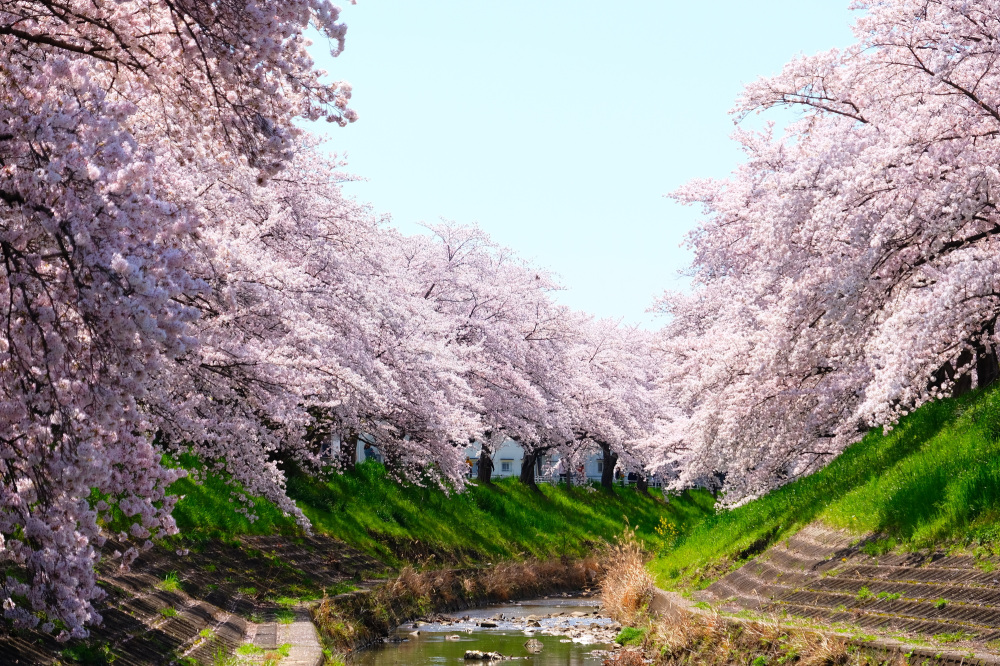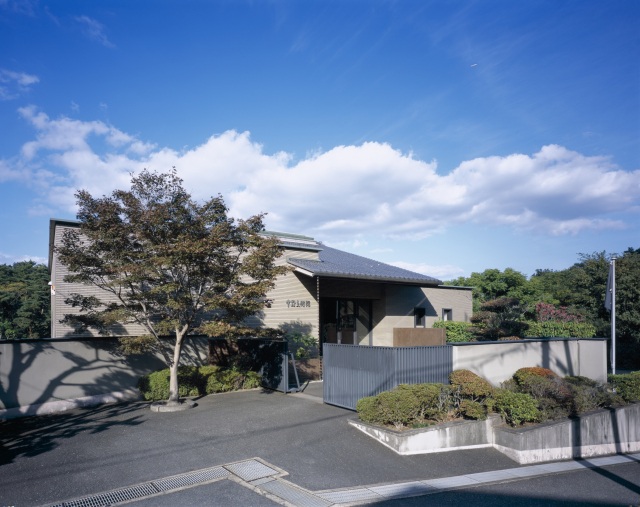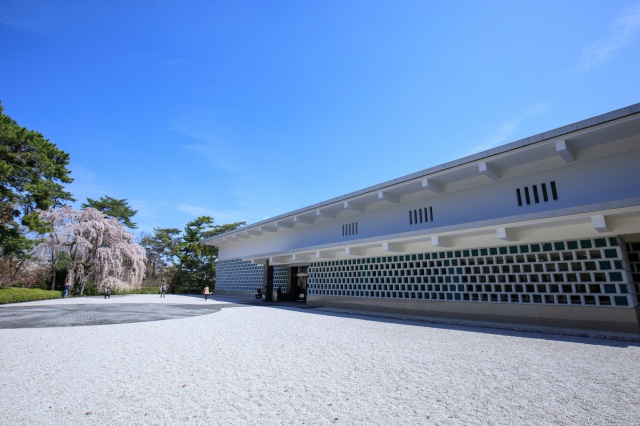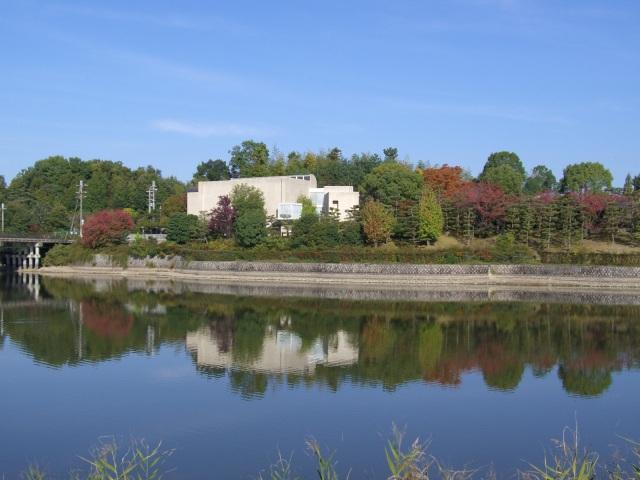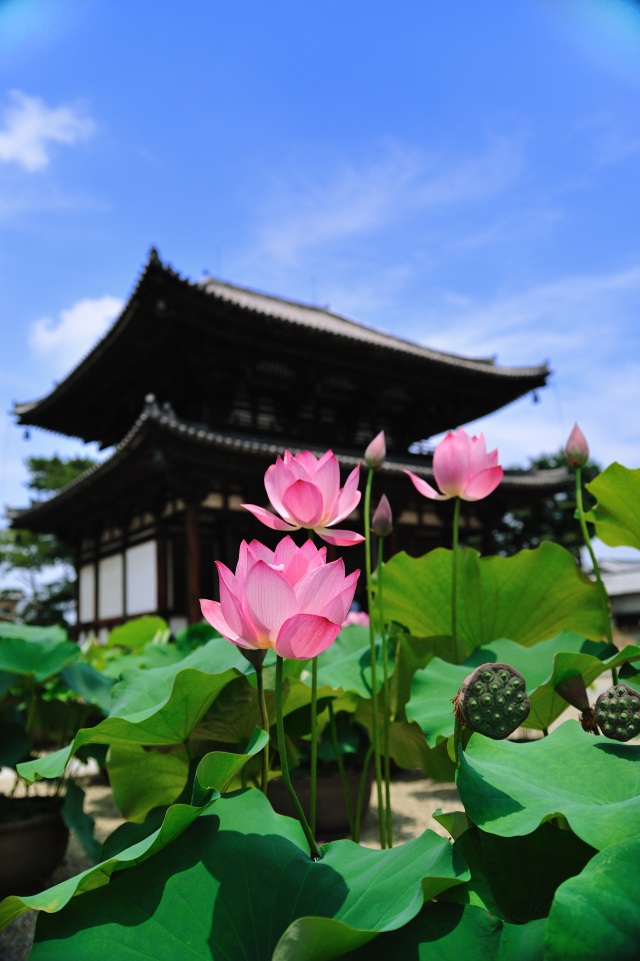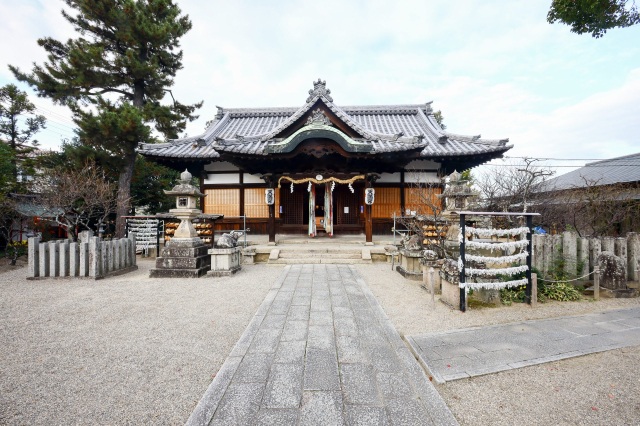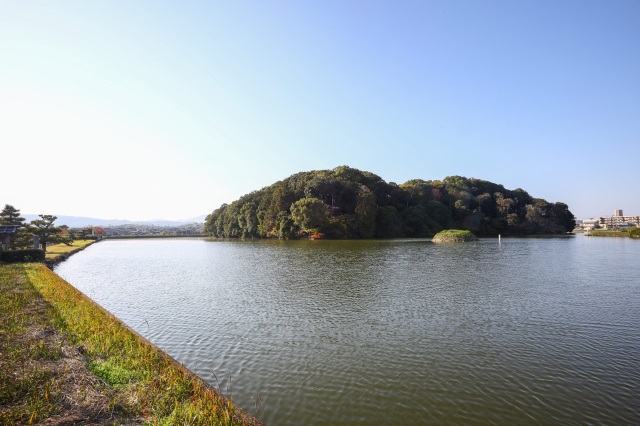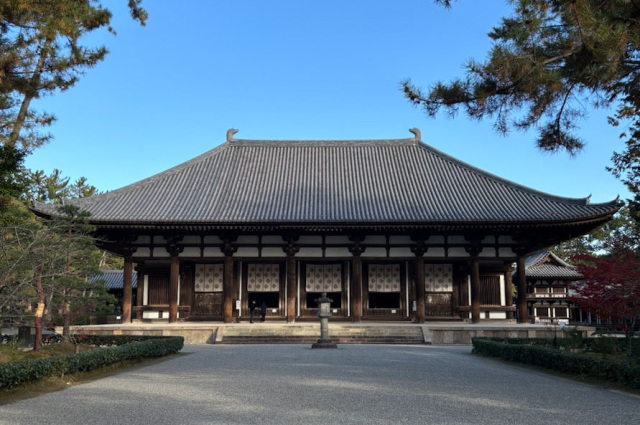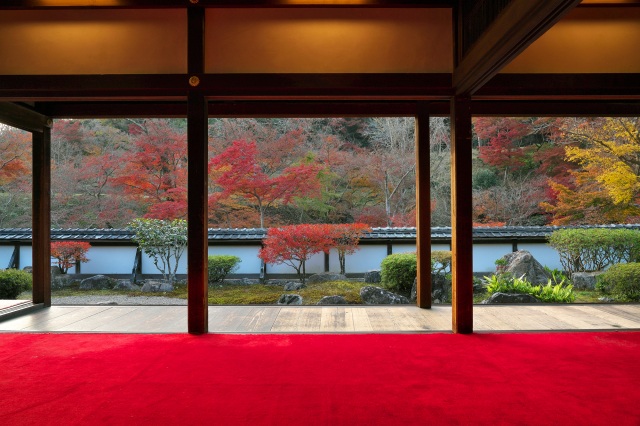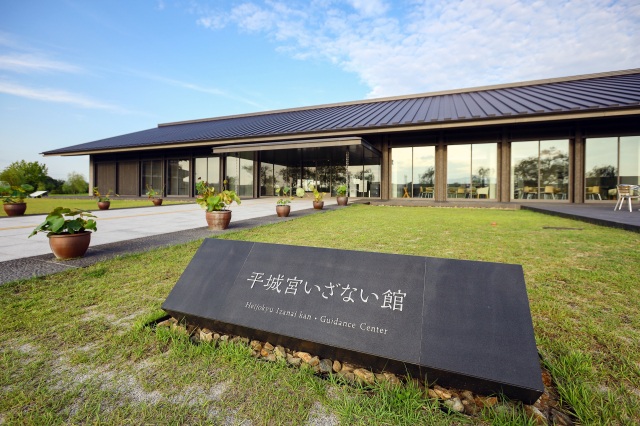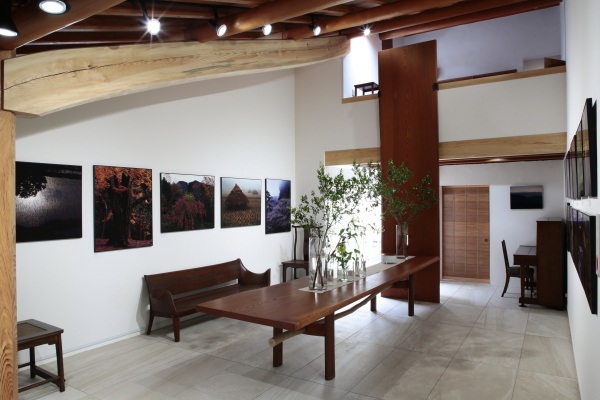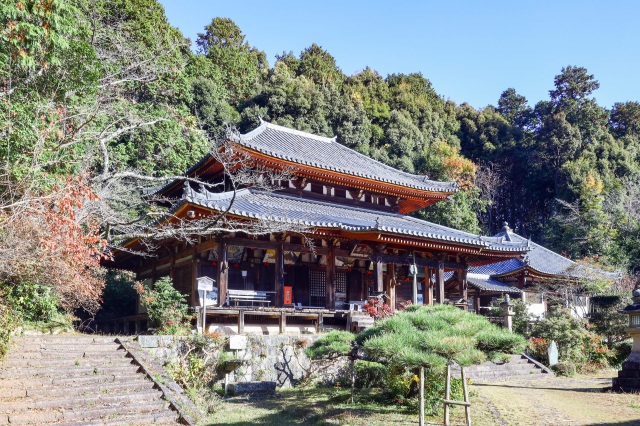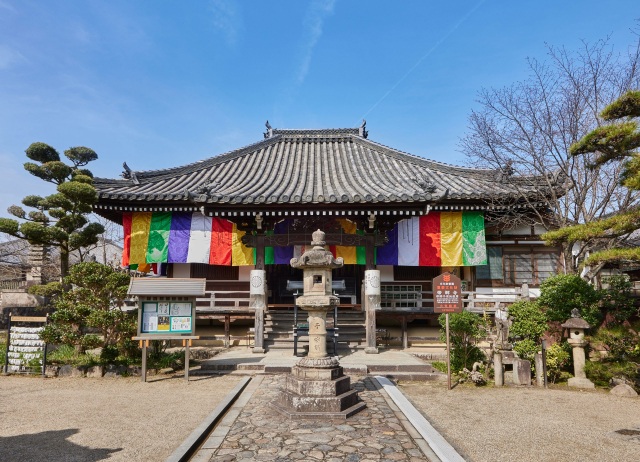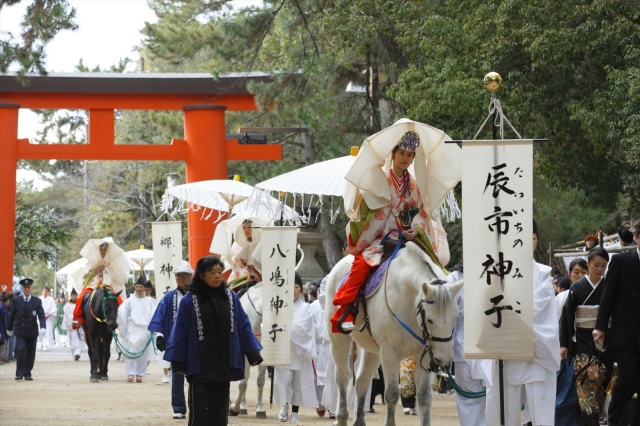Ryosenji Temple
Area
Category
The most distinguished temple in western Nara.
※Unauthorized reproduction of images on this page is prohibited
Gyoki built the main hall at Emperor Shomu's request in 734. In 736, an Indian monk, Bodhisena, requested that the temple's name be changed to Ryozenji. The scenery of nearby Mt. Tomi resembled Mt. Vulture's Peak in India, where Buddha was said to have preached often.
The vast grounds include ancient buildings such as the main hall (a national treasure), a three-story pagoda, a bell tower, and the Golden Hall and White Golden Hall, which were completed in 1961 and dedicated to Benzaiten. These buildings allow visitors to experience art and culture from ancient times to the present. The Jigokudo Hall and medicated baths, which inspired the temple's construction, are also present. There is also a modern Western-style rose garden with 2,000 roses of 200 varieties in full bloom.
Related articles
- Special feature on the proper etiquette to observe when visiting Shinto shrines and temples: What are the differences between temples and shrines? What must you avoid doing? This feature explains all these and more!

- https://narashikanko.or.jp/en/feature/manner
General Information
- Address
- 3879 Nakamachi, Nara City, Nara, 631-0052
- contact details
- 0742-45-0081(Ryosenji Temple)
- Fax Number
- 0742-45-0999
- Times
- 10:00~16:00
8:00~17:00 (Rose garden) - Access
- From Kintetsu Tomio Station, take the Nara Kotsu Bus bound for Wakakusadai/Kintetsu Nara Station for 8 minutes and get off at "Ryosenji" stop
- Car Park
- 150 cars
- Admission/Worship Fees (Individual)
- Adults (high school students and above): 700 yen
Elementary and junior high school students: 350 yen
Best time to see spring roses (April 29th to the second Sunday of June)
Adults (high school students and above): 1,000 yen
Elementary and junior high school students: 500 yen
Autumn Secret Buddha Exhibition period (October 23rd to the second Sunday of November *However, in 2025, October 23rd to November 9th)
Adults (high school students and above): 1,000 yen
Elementary and junior high school students: 500 yen
*All prices include admission to the main hall - Admission/Worship Fees (Group)
- Group rates apply for 30 or more people
Adults (high school students and above): 600 yen
Elementary and junior high school students: 300 yen
Best time to see spring roses (April 29th to the second Sunday of June)
Adults (high school students and above): 900 yen
Elementary and junior high school students: 450 yen
Autumn Secret Buddha Exhibition period (October 23rd to the second Sunday of November *However, in 2025, October 23rd to November 9th)
Adults (high school students and above): 900 yen
Elementary and junior high school students: 450 yen
*All prices include admission to the main hall - Discount for Persons with Disabilities
- Free for wheelchair users, regular price for caregivers
- Events
- Shusho-e: January 1st to 3rd
Hatsufukujue: January 7th, 11:00 and 14:00
Baraeshiki/Eto matsuri festival: 3rd Sunday of May - Seasonal Flower Information
- Cherry blossoms: April Somei Yoshino 50 stalks, Double cherry blossoms 30 stalks
Azalea: April 150 stalks
Satsuki: April 250 stalks
Hirado: April 150 stalks
Yamaboshi: May-June White/Pink 40 stalks
Rose: May-June, October-November 200 varieties 2,000 stalks - National Treasure
- Main Hall
- Special Opening
- January 1st to 3rd:
Yakushi Triad (Important Cultural Property)
*Until the Meiji era, this was a secret Buddha statue that was opened to the public only once every 20 years.
October 23rd to the second Sunday in November:
Yakushi Triad, Eleven-Headed Kannon, Brightly Colored Four Heavenly Kings, and more (Important Cultural Property)
November 3rd:
First-floor interior mural of the three-story pagoda (Important Cultural Property) - Remarks
Useful tip:
Rose seedlings are sold during the peak rose season.
The tea terrace "Prière" in the rose garden offers rose tea, rose ice cream, rose perfume, and potpourri.

